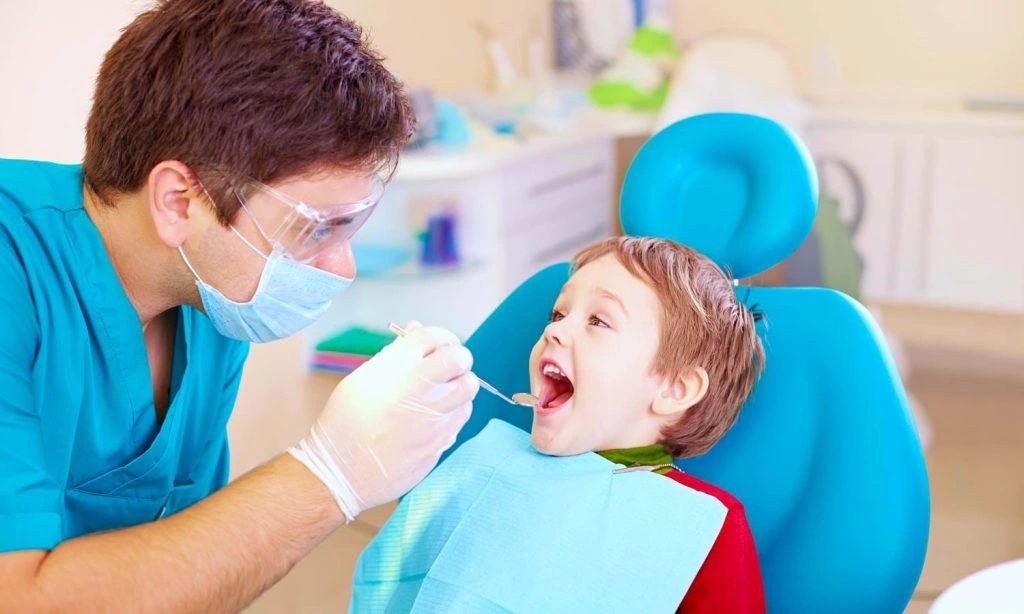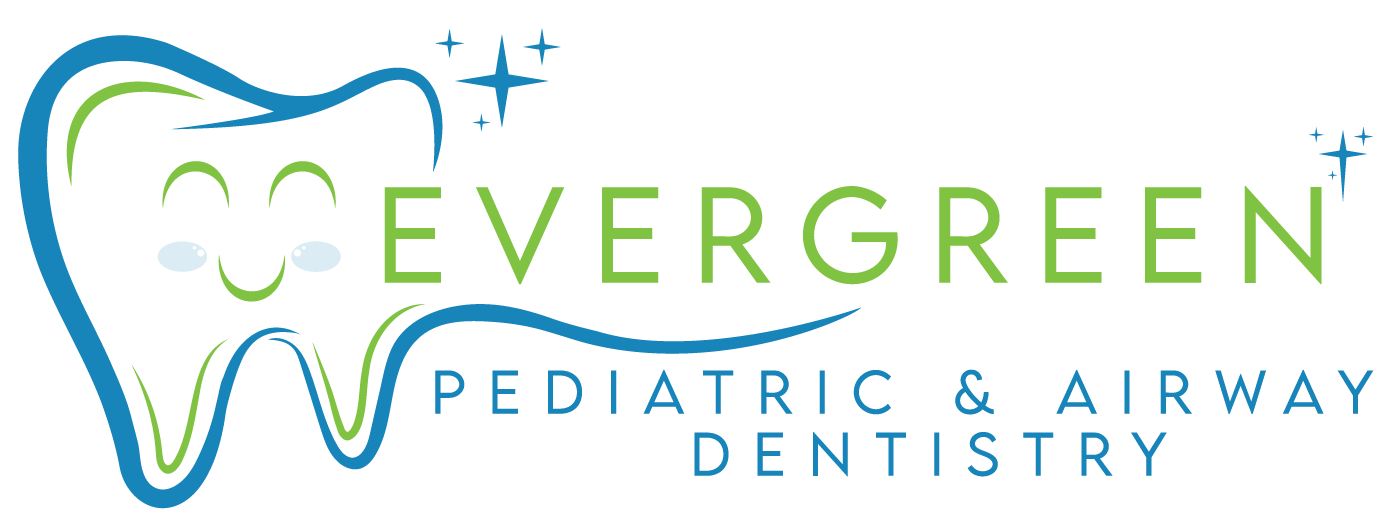Dental Distress: Understanding and Managing Dental Emergencies
Identifying and Classifying Dental Emergencies
When pain or injury affects your teeth or mouth, categorizing the urgency of the situation can be crucial. Dental emergencies are typically classified into two broad categories:
- Urgent Dental Emergencies
These require immediate medical attention to save a tooth, stop bleeding, or alleviate severe and unmanageable pain. Urgent dental emergencies can include:
- Severe toothaches or infections
- Knocked-out teeth
- Prolonged bleeding after an extraction
- Severe abscesses
- Any sudden pain that cannot be managed with over-the-counter painkillers
- Non-Urgent Dental Emergencies
These are issues that require a dentist’s attention but are not immediate threats to your oral health or do not cause severe pain or risk of infection. Examples include:
- Lost fillings, crowns, or bridges
- Broken teeth causing no pain
- Orthodontic discomfort
- Food trapped between teeth due to a lost filling
By understanding the difference, you can decide whether to visit an emergency dentist immediately or wait for the next available appointment at a regular dental office.
First Aid for Dental Emergencies: The Immediate Response
When it comes to dental emergencies, a quick and informed response can make all the difference. A sudden toothache, a knocked-out tooth, or an object wedged between teeth can cause panic but knowing the immediate steps to take can alleviate pain and potentially save a tooth.
First Aid for dental emergencies often involves simple yet effective steps. For instance, if a tooth is dislodged, it can be gently repositioned to its normal alignment using light finger pressure and then held in place by biting down on a piece of gauze. In case of severe pain or swelling, applying a cold compress to the area can help reduce discomfort. If an object gets lodged between the teeth, using tweezers or dental floss can safely extricate it.
Preparation is also essential in handling dental emergencies. Having a dental first aid kit at hand, containing items like gauze, salt water, and a small container with a lid, can prove invaluable. Remember, in any dental emergency, contacting a dentist should be your first course of action. They can provide immediate advice and arrange for urgent treatment if necessary.
So, the next time a dental emergency strikes, remember these first-aid tips. They could help you manage the situation effectively until you receive professional care. Remember, first aid is just the start. You need to see a professional to address the root cause and avoid complications.

Dental Emergencies
Managing Toothaches: In-Between Dentist Visits
Managing toothaches between dentist visits can be a daunting task, as these pesky pains tend to strike at the most inconvenient times, disrupting our daily routines and causing discomfort. Whether it’s during a busy workday or in the dead of night when dental offices are closed, the throbbing sensation of a toothache can be both literal and figurative. However, fear not, as there are strategies you can employ to alleviate the discomfort until you’re able to see your dentist.
The initial step in addressing a toothache is understanding its root cause. Is it stemming from a cavity, gum disease, or perhaps something as seemingly innocuous as a piece of food lodged between your teeth? Identifying the potential source of the pain is crucial for implementing effective management techniques. Once you’ve pinpointed the likely culprit, you can take targeted measures to provide relief.
One commonly recommended remedy for toothaches is rinsing your mouth with warm salt water. This simple yet effective solution can help dislodge any trapped food particles and soothe the irritated area. Saltwater acts as a natural disinfectant, promoting healing and reducing inflammation. By swishing the solution around your mouth for several seconds, you can experience temporary relief from the discomfort associated with toothaches.
In addition to saltwater rinses, over-the-counter pain relievers can serve as a valuable tool in managing toothaches between dental visits. Medications such as ibuprofen or acetaminophen can help alleviate pain and reduce inflammation, providing much-needed comfort while you await professional treatment. It’s essential to follow the recommended dosage instructions and consult with a healthcare professional if you have any underlying medical conditions or concerns.
For those experiencing swelling alongside their toothache, applying a cold compress to the affected area can offer relief. By gently placing a wrapped ice pack or cold towel against the cheek near the painful tooth, you can help constrict blood vessels and reduce swelling. Be sure to limit the duration of cold therapy to avoid potential skin damage, and always use a barrier, such as a cloth or towel, to protect your skin from direct contact with the ice.
While these home remedies can provide temporary relief from toothaches, it’s crucial to recognize that they are not long-term solutions. Toothaches are often indicative of underlying dental issues that require professional intervention. Therefore, it’s essential to schedule an appointment with your dentist as soon as possible to address the root cause of the pain. Ignoring a toothache or relying solely on temporary remedies can lead to worsening symptoms and complications down the road.
Managing toothaches between dentist visits is indeed possible with the right approach. By understanding the cause of the pain, utilizing home remedies such as saltwater rinses and over-the-counter pain relievers, and seeking professional dental care promptly, you can effectively alleviate discomfort and promote oral health. Remember, prevention is always the best medicine, so prioritize regular dental check-ups to prevent toothaches before they occur.
Dealing with Broken or Chipped Teeth: What to Do Next
A broken or chipped tooth can be quite distressing, but there are steps you can take to manage the situation until you reach your dentist:
- Rinse and Save
If a part of your tooth has broken off, rinse it with warm water and keep it in a safe place. There’s a possibility your dentist can reattach it.
- Pain Management
Over-the-counter pain relievers such as ibuprofen can help manage discomfort. Avoid aspirin, which can thin the blood and lead to complications if there is bleeding.
- Temporary Fixes
You can purchase temporary dental cement from a pharmacy to cover jagged edges. This can protect your soft tissues and prevent further damage.
The key is to get professional help as soon as possible, as broken teeth can not only be painful but can also expose the inside of the tooth to infection.
Navigating Lost Fillings or Crowns: Protecting Your Tooth
Imagine you’re enjoying a delightful dinner, relishing every bite, when suddenly you feel an unusual crunch. The next moment, you realize your filling or crown has come loose. It’s not just the abrupt end to your meal that’s alarming but also the sensitivity that starts to creep in. Navigating lost fillings or crowns can be quite stressful, but with the right knowledge, it doesn’t have to be a dental disaster.
Losing a filling or crown is more than just a cosmetic issue; it leaves the affected tooth vulnerable and exposed to further damage. It’s like losing a shield that protects your tooth from everyday wear and tear, temperature extremes, and bacterial attacks. The key to handling this situation effectively is knowing what to do until professional help is available. From keeping the area clean to using temporary fillers to reduce discomfort, there are several steps you can take to protect your tooth. Remember, while these measures can provide temporary relief, it’s crucial to seek dental care as soon as possible to prevent any long-term damage.

Dental Emergencies
Preventing Dental Emergencies: The Best Defense Is a Good Offense
When it comes to oral health, prevention is always better than cure. Imagine a world where dental emergencies are a thing of the past! It’s not as far-fetched as you might think. The key to preventing dental emergencies lies in the age-old adage: “The best defense is a good offense”. By staying proactive about your oral health, you can save yourself from the pain and inconvenience of unexpected dental issues.
Your mouth is a battleground, and your teeth and gums are the frontline soldiers. Every day, they face onslaughts from harmful bacteria, sugar, and acidic foods. However, with a robust offensive strategy, you can keep these threats at bay. Regular brushing, flossing, and dental check-ups are your primary weapons. A healthy diet and lifestyle add an extra layer of protection. And remember, early detection of potential problems can be a game-changer. So, don’t ignore minor discomfort or changes in your oral health. By taking a proactive approach, you can score a victory over dental emergencies, ensuring your smile remains bright, healthy, and pain-free.
Know Your Dentist’s Emergency Protocol
Your dentist’s emergency protocol is your lifeline in times of crisis. It outlines the steps to follow, who to call, and what immediate actions you can take at home. It’s like a dental 911, designed to provide swift and effective care when you need it most. However, not all dental practices operate the same way. Some offer after-hours services, while others might refer you to an emergency clinic. Understanding these nuances beforehand will equip you with the knowledge and confidence to handle dental emergencies efficiently. So, don’t wait for a crisis to hit. Ask your dentist about their emergency protocol today. Because when it comes to your oral health, being prepared is half the battle won.
In conclusion, dental emergencies can happen at any time, but with the right knowledge and preparation, you can effectively manage them. Remember to stay proactive about your oral health by practicing good hygiene habits, maintaining a healthy diet, and scheduling regular dental check-ups. In case of an emergency, know your dentist’s emergency protocol to ensure prompt and effective care. By taking these steps, you can keep your smile bright, healthy, and pain-free. So don’t wait until an emergency strikes, start taking care of your teeth now to prevent any future dental disasters. Your mouth will thank you! Remember, prevention is the best cure when it comes to dental emergencies. Keep smiling!
Evergreen Pediatric Dentistry
https://www.google.com/maps?cid=14720788683151219551
12910 Totem Lake Blvd NE #103, Kirkland, WA 98034, United States
(425) 814-3196
https://evergreenkidsdentist.com/



